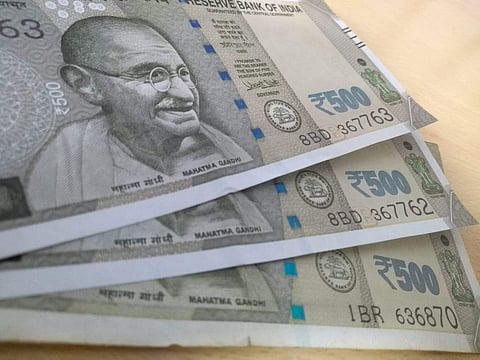

BENGALURU : A team comprising four professors from Bangalore University (BU) conducted an extensive review over the past six months on the implementation of the Pradhan Mantri Jan Dhan Yojana in Karnataka, Rajasthan, and West Bengal and found Karnataka fairs comparatively well on the usage of government services and digital literacy. The report emphasised the need for appropriate technological or regulatory interventions.
Speaking to TNIE, Prof SR Keshav of the varsity said that the review was done between marginalised communities such as ST, SC, OBC, women, disabled, and the third gender. In each of the states, three districts that have the maximum presence of underprivileged communities were selected. In Karnataka, Kolar, Ballari, and Dakshina Kannada were identified to check if the intended financial inclusion has happened.
“We have submitted the report to the Indian Council of Social Science Research (ICSSR) and found that Karnataka fairs better on the Jan Dhan implementation than the other two states. Relatively, the state also performed better on average daily wages earned by labourers – about Rs 350- 400, compared to Rajasthan which we found to be Rs 250- 300,” he said.
The extensive report also talks about the need for suitable policy changes regarding inaccessibility to other banking services such as insurance or overdraft facilities, despite these communities opening bank accounts.
Prof Keshav also highlighted that the government should spearhead the promotion of financial literacy, as many still struggle in rural areas.
“Just as UPI transactions are announced on stalls and shops same intervention can be adopted in banks and ATMs when an amount is withdrawn to curb malpractices,” he said, adding that many accuse the banking correspondents of fraud.
Revealing some details of the survey He said that almost 99% of the population has a Jan Dhan account. The third gender and tribals who live in hamlets were some of the categories that did not have the accounts, he said.
Recalling a case study, Prof Keshav added that a family in Rajasthan did not have an account and could be counted as “the poorest of the poor” who had seven daughters and the father was unemployed. “But this is only 1% of the population,” he asserted.
The elderly population has greatly benefited as they received their subsidies and pensions directly to their accounts. One-third of the population has the perception that was below poverty levels have come out of poverty (not disclosing exact numbers as the report is still under review.)
However, the trend noticed is that the marginalised section is making deposits. They use the account for Direct Bank Transfers and withdrawals as they don’t have income to deposit.
“We also identified the demerits of RuPay cards. Some elders complained that they are not able to use those cards and are being accessed by their children,” Prof Keshav explained.
KEY POINTS
According to the review, approximately 52 crore Jan Dhan account holders have benefited from the scheme, with around 98% of the population accessing banking facilities. The report also highlights government initiatives and subsidies directly reaching account holders through DBT, enabling financial inclusion.